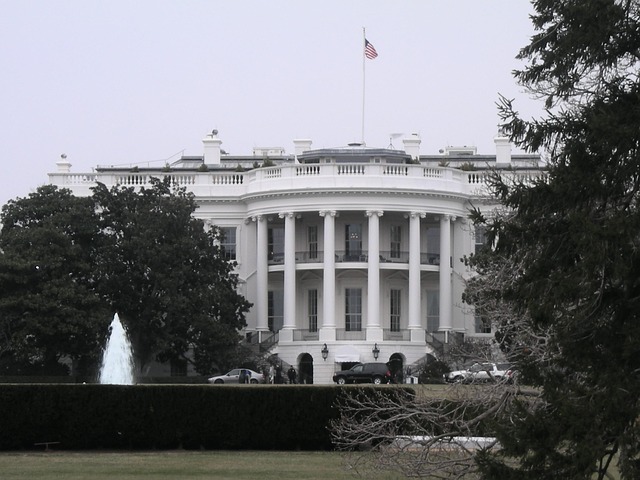
Political Geography
Understanding Political Geography
Political geography is a subfield of geography that examines the relationships between political power and geographical space. It focuses on how geographical factors influence political behavior, state boundaries, and international relations. This discipline is crucial for understanding the dynamics of power at various scales, from local communities to global interactions.
The Three Scales of Political Geography
Conventionally, political geography is analyzed through a three-scale structure:
- The State: At the core of political geography is the study of the state. This includes the examination of state boundaries, governance, and the internal dynamics that shape political authority.
- International Relations: Above the state level, international relations or geopolitics explores how states interact with one another. This includes diplomacy, conflict, and the influence of international organizations.
- Localities: Below the state level, the study of localities focuses on how local communities and regions are affected by and contribute to broader political processes.
Historical Context
The origins of political geography are closely tied to the development of human geography. Early practitioners were primarily concerned with the military and political implications of the relationship between physical geography and state power. This focus on the intersection of geography and politics can be traced back to the work of influential figures such as Friedrich Ratzel.
Friedrich Ratzel and Lebensraum
In 1897, Ratzel published his seminal work, Politische Geographie, where he introduced the concept of Lebensraum (living space). This idea linked a nation's cultural growth to its territorial expansion, suggesting that a state's power was directly related to its geographical space. Ratzel's theories were later misappropriated to justify imperialist ambitions, particularly by the German Third Reich in the 1930s.
Theoretical Frameworks
Political geography employs various theoretical frameworks to analyze the relationship between geography and politics. Some of the key theories include:
- Geopolitical Theory: This theory examines how geographical factors such as location, resources, and physical terrain influence political power and international relations.
- Critical Political Geography: This approach critiques traditional political geography by focusing on issues of power, identity, and social justice, emphasizing how marginalized groups are affected by political decisions.
- Spatial Analysis: This method uses quantitative techniques to analyze spatial patterns of political behavior, such as voting trends and the distribution of political resources.
Contemporary Issues in Political Geography
Today, political geography addresses a range of contemporary issues, including:
- Globalization: The increasing interconnectedness of the world has significant implications for state sovereignty and local governance.
- Environmental Politics: The relationship between environmental issues and political decision-making is a growing area of interest, particularly regarding climate change and resource management.
- Nationalism and Identity: The rise of nationalist movements worldwide highlights the importance of identity in shaping political landscapes.
Conclusion
Political geography is a vital field that helps us understand the complex interplay between geography and political power. By examining the relationships between states, international relations, and localities, political geography provides valuable insights into the dynamics of power and governance in our world. As global challenges evolve, the relevance of political geography will only continue to grow.
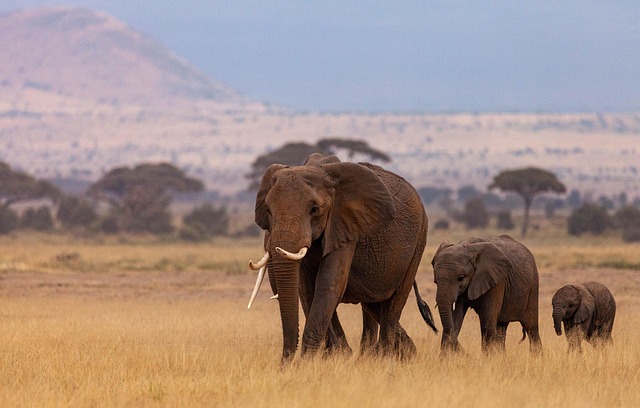

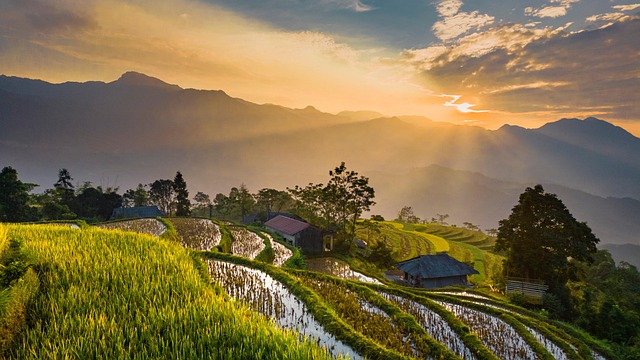

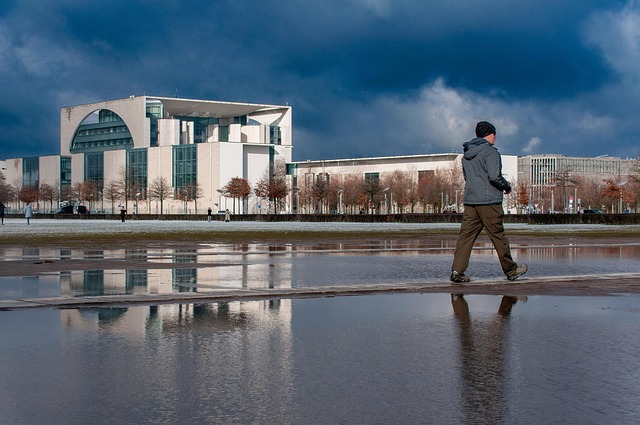
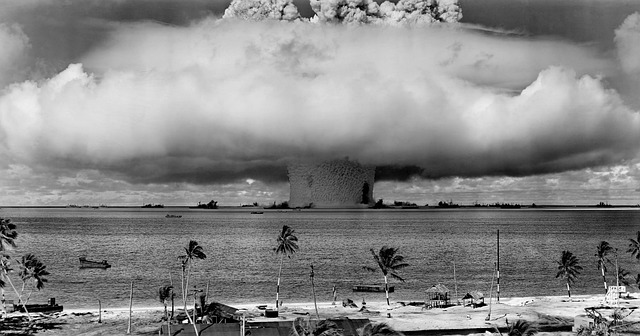




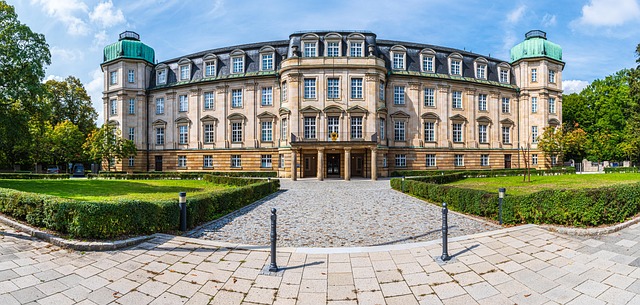
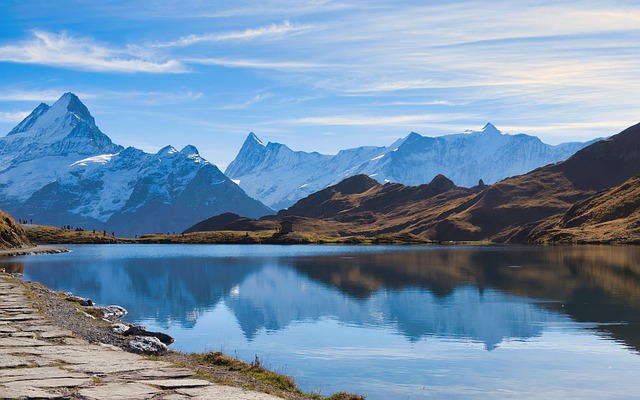





 Coral Reefs Are Formed by
Coral Reefs Are Formed by 
 Health
Health  Fitness
Fitness  Lifestyle
Lifestyle  Tech
Tech  Travel
Travel  Food
Food  Education
Education  Parenting
Parenting  Career & Work
Career & Work  Hobbies
Hobbies  Wellness
Wellness  Beauty
Beauty  Cars
Cars  Art
Art  Science
Science  Culture
Culture  Books
Books  Music
Music  Movies
Movies  Gaming
Gaming  Sports
Sports  Nature
Nature  Home & Garden
Home & Garden  Business & Finance
Business & Finance  Relationships
Relationships  Pets
Pets  Shopping
Shopping  Mindset & Inspiration
Mindset & Inspiration  Environment
Environment  Gadgets
Gadgets  Politics
Politics 